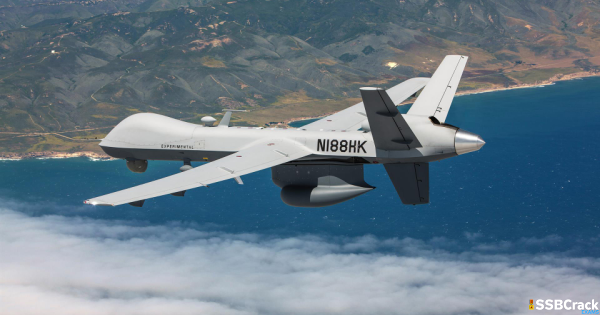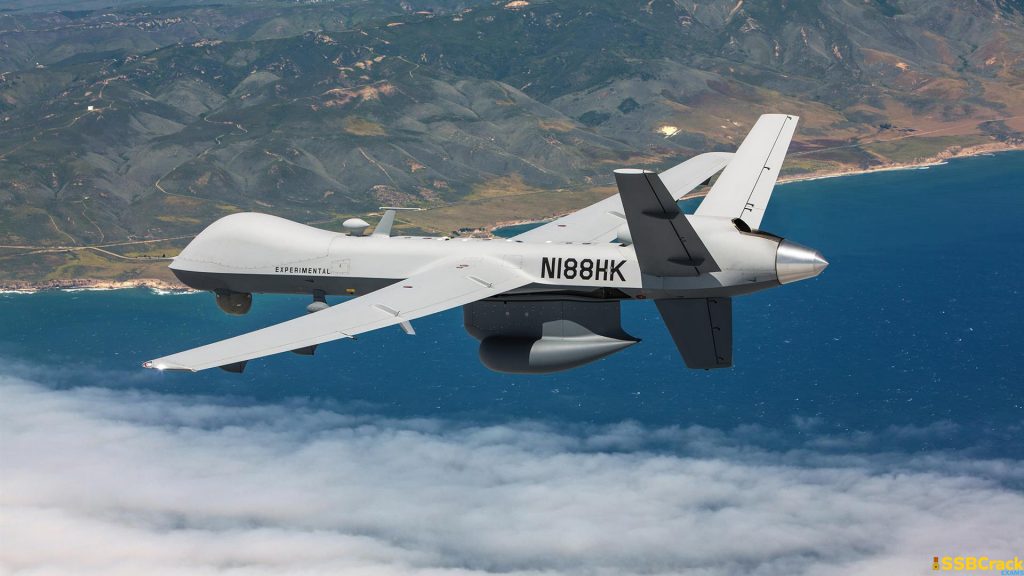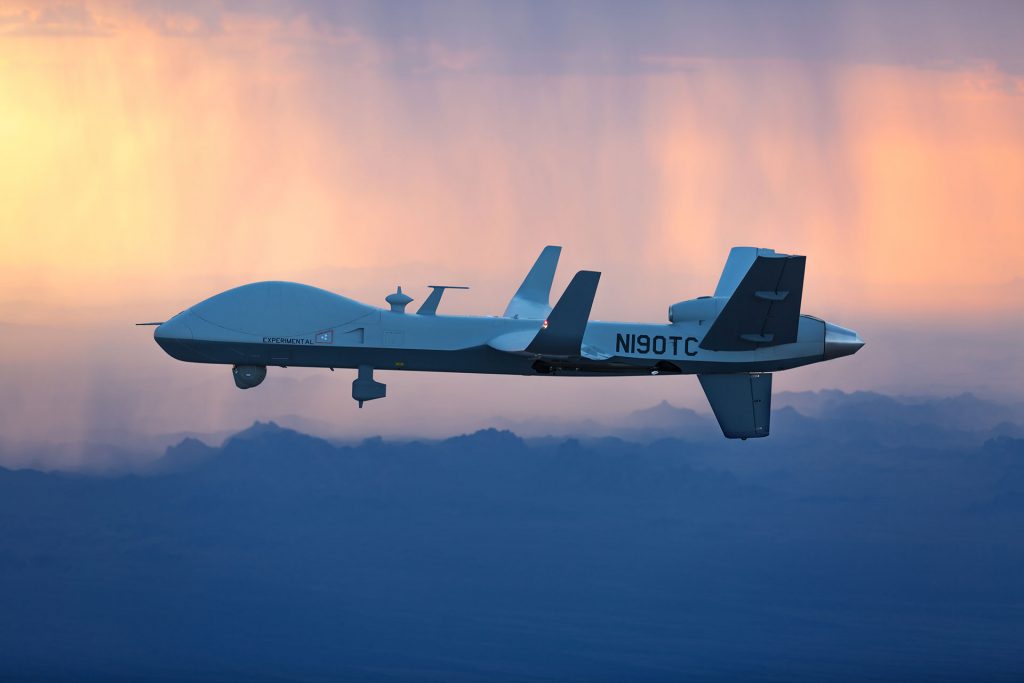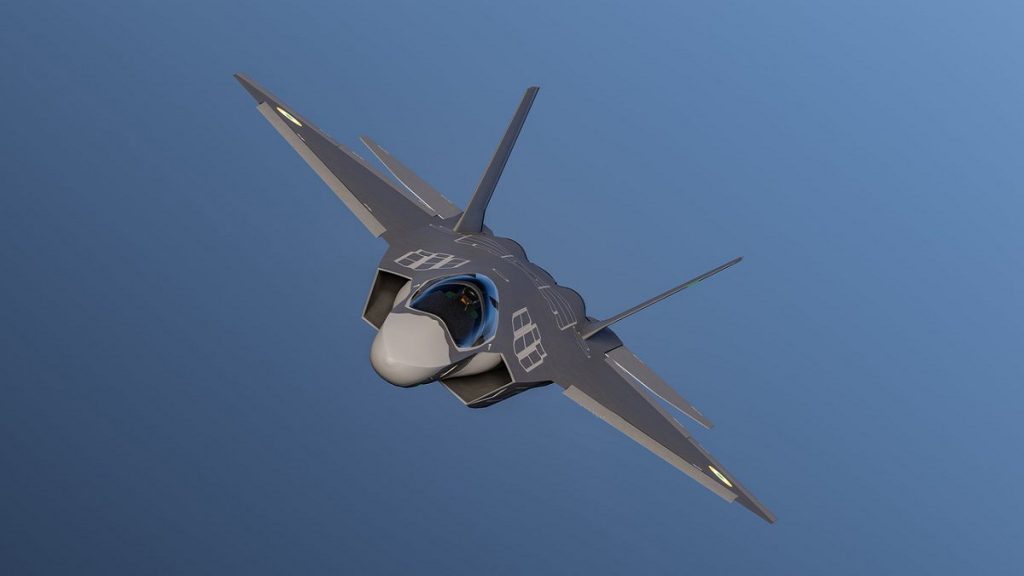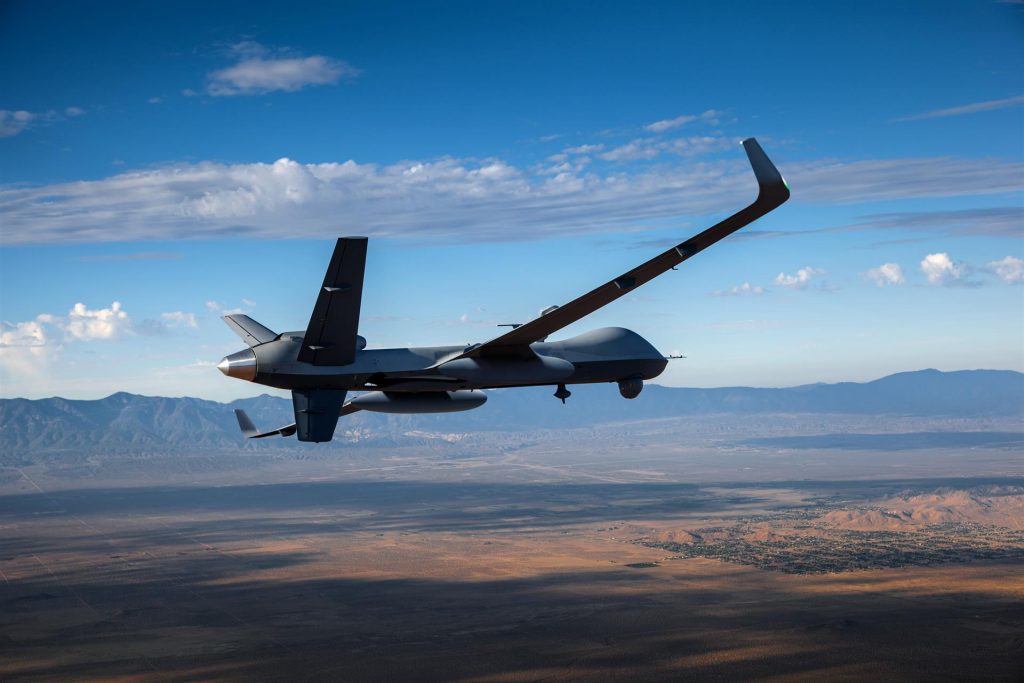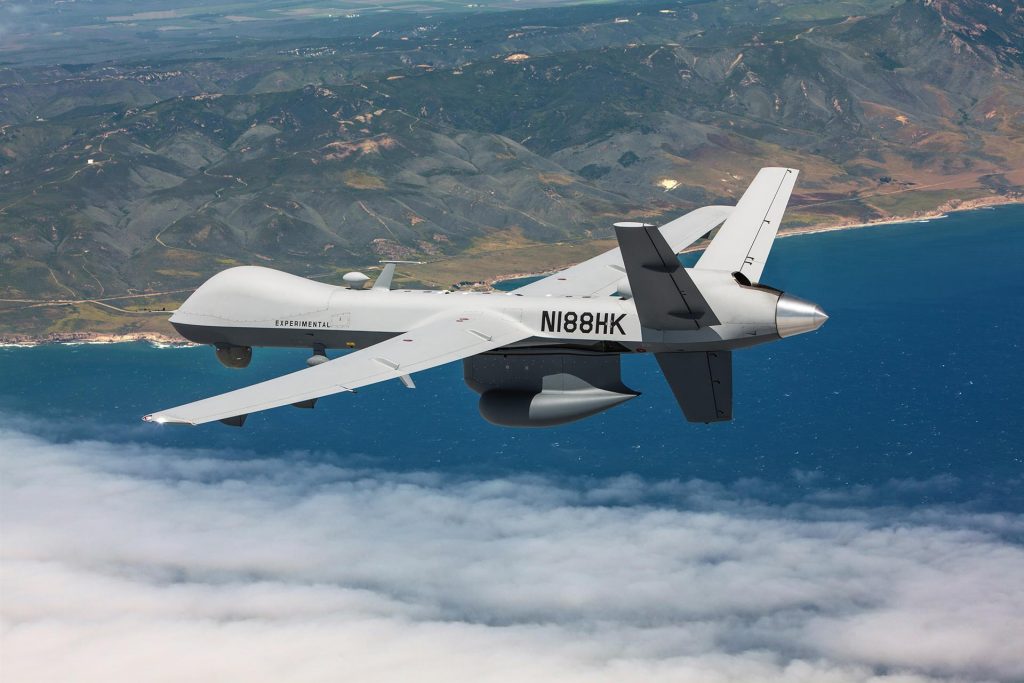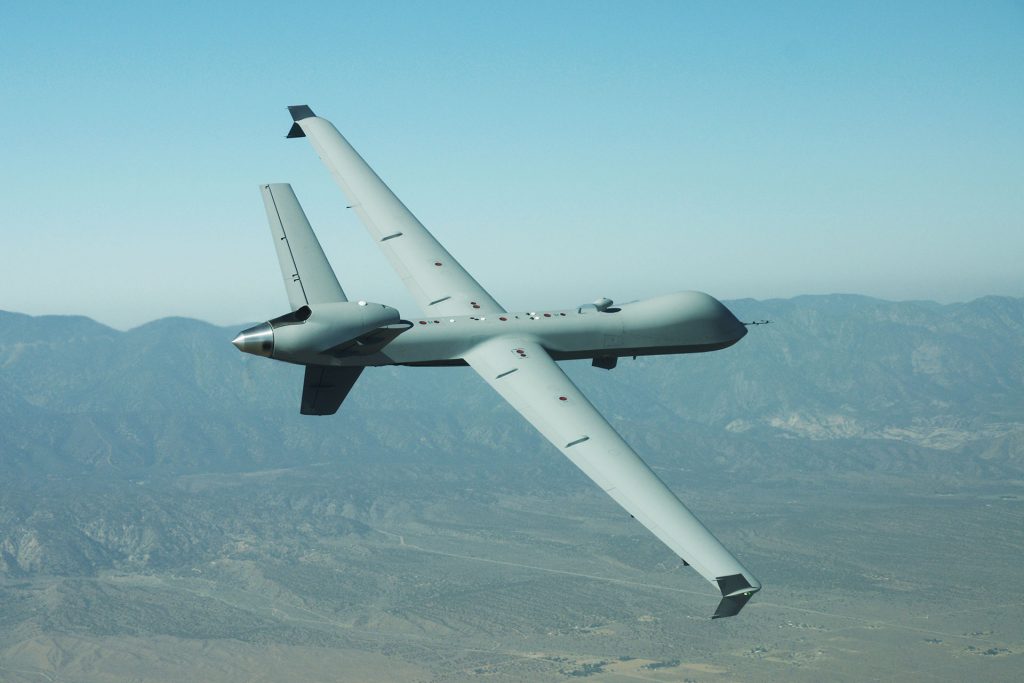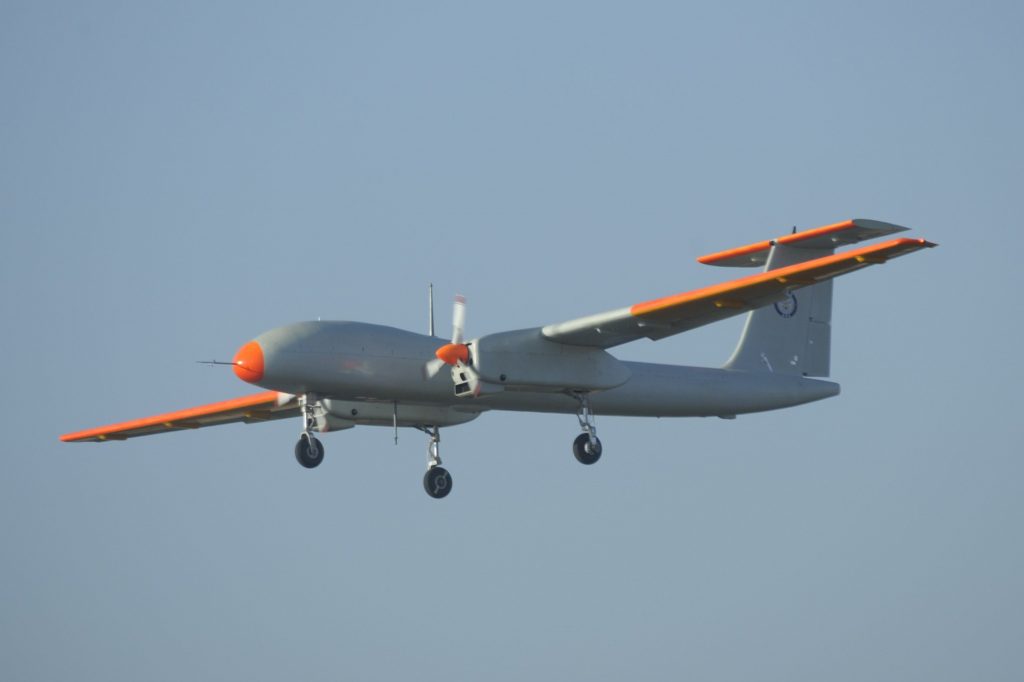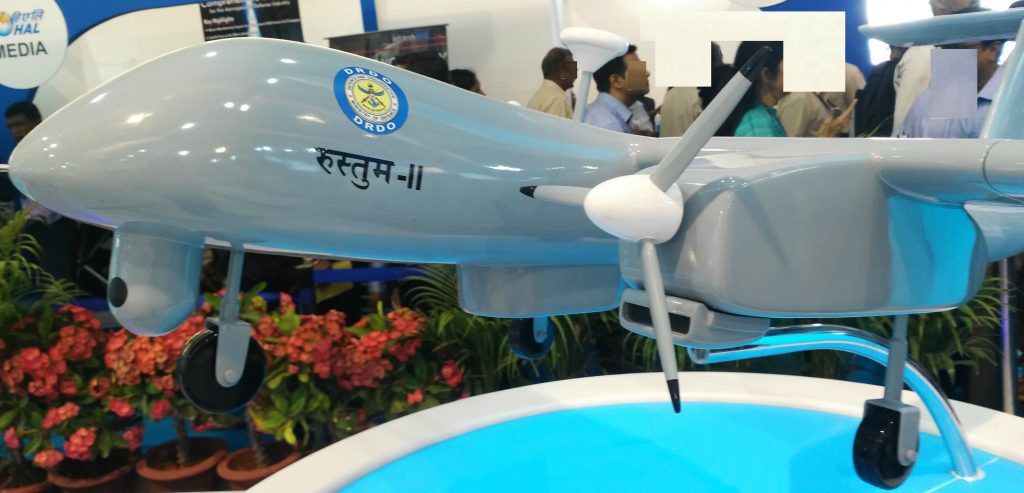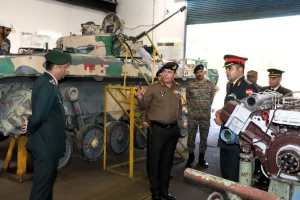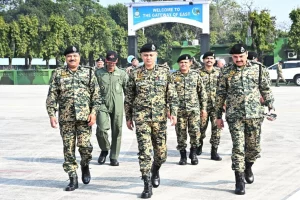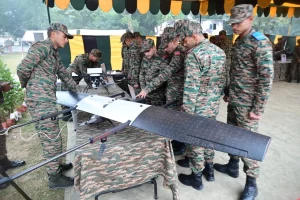The use of unmanned aerial vehicles (UAVs) or drones has become increasingly prevalent in recent years. Drones have proven to be very effective in a variety of fields, from aerial photography to military operations. India, being a rapidly developing country, has also been exploring the potential use of UAVs in various sectors. The question that arises is whether India should buy UAVs or not.
Need of UAVs for India
Firstly, the use of UAVs can significantly enhance India’s security and defense capabilities. Drones can be used for intelligence gathering, surveillance, and reconnaissance purposes, enabling the military to monitor and gather information from remote or inaccessible areas without putting soldiers at risk. Additionally, UAVs can be equipped with weapons, making them effective in carrying out targeted strikes against enemy targets.
Secondly, UAVs can be used for civilian purposes such as disaster management, agricultural surveys, and infrastructure inspection. In case of natural calamities, UAVs can provide real-time information and aid in rescue operations. The use of UAVs can also help in enhancing agricultural productivity by providing accurate and timely information on crop health and soil moisture content. Similarly, UAVs can aid in infrastructure inspections, reducing the need for manual inspections and ensuring better safety and maintenance.
India looking at the Predators
It was announced earlier this month that India was on the verge of signing a deal with the United States to acquire 30 high-end armed Predator drones, 10 each for the Army, Air Force, and Navy, for a total cost of around $3 billion (Rs.24,000 crore). Since it was first announced in 2017, the deal has been in the works for several years and appears to be nearing completion now. The agreement is believed to have been discussed during Ajit Doval’s visit to Washington with a high-powered team of heads of scientific and industrial departments and agencies, as well as meetings with his counterpart, Jake Sullivan, US Deputy Secretary of Defense Kathleen Hicks, and other US officials. These meetings were part of the first round of interactions under India and the United States’ new initiative on Critical and Emerging Technologies (i-CET), which was launched in May 2022. This program addresses numerous issues in the scientific, technological, industrial, defense, and strategic domains.
Also read: Why MQ9 Reaper Is Considered As The Most Lethal Drone On Earth?
In terms of defense, India appears to be expecting more substantive results from i-CET than from the Indo-US Defence Agreement’s Defence Technology and Trade Initiative (DTII). So far, the US has been a clear impediment to technology sharing and transfer, which India is particularly keen on, as well as the US preference for the sale of defence equipment with advanced technologies. India appears to be hopeful of some co-development projects through i-CET.
Jet engines, a critical area of interest for India, and aircraft-launched drones have both come up for discussion. General Electric is thought to have made an offer to co-develop engines for India’s Advanced Medium Combat Aircraft (AMCA), the twin-engine 5th generation fighter being developed by DRDO, while also entering into license production agreements with Hindustan Aeronautics Ltd (HAL) for GE-404/414 engines used in various versions of the Tejas Light Combat Aircraft (LCA). The DTII’s air-launched Unmanned Aerial Vehicle (AL-UAV) program is built on the understanding that the resulting intellectual property (IP) will be shared by India and the United States.
Also Read: Complete List Of Drones Used By Indian Armed Forces
While these projects are unlikely to materialize in the near-to-medium term, both India and the US are believed to be eager to complete the sale of armed Predator drones by the US to India as soon as possible. The “ball is now in India’s court,” according to sources in Washington quoted in various media outlets.
Predator RPV and its Significance
The Predator RQ9, also known as the Reaper or Guardian drone or, more precisely, Remotely Piloted Vehicle (RPV), is regarded as one of the best in its class. When they are acquired in armed form, India will arguably be the first country to receive them other than US military allies. General Atomics’ RQ9 is a larger, heavier, and far more capable version of the earlier RQ1.
Also read: Loitering Munitions – Kamikaze Drones For The Indian Armed Forces
The RQ9 Predator is a Medium Altitude Long Endurance (MALE) drone with a range of approximately 1,800 kilometers that can operate at the upper end of the MALE ceiling at around 50,000 feet. The RQ9 with a 66-foot wingspan has a 42-hour endurance when loaded with 450kg munitions and two 450kg fuel tanks, and a 23-hour endurance when fully loaded with munitions. These allow the Predator to hover above a defined area for extended periods of time, either for surveillance or while waiting for specific targets.
Also read: Importance Of Drones In The Indian Subcontinent
Predators in the United States are equipped with GBU Paveway-II laser-guided bombs, AIM-9 Sidewinder air-to-ground missiles, AGM-114 Hellfire-II air-to-ground missiles, and are being modified to carry AIM Stinger air-to-air missiles. The armaments package for India is still unknown.
The Predator is equipped with a manned control station from which it is remotely piloted. Despite repeated requests from the Pentagon to allow other technical personnel to operate the drones, the US Air Force insists on having fully qualified and trained pilots for each RPV, putting a significant strain on human resources. India is putting together a separate cadre for drone operations. Despite its lauded capabilities, the Predator can be quite vulnerable, particularly when operating against capable or well-equipped adversaries. By 2010, 38 Predators from the early years of its operations had been lost during operations in conflict zones in Afghanistan and Iraq. Predators have also been shot down over Yemen by Houthis and over Libya by suspected Wagner forces. Over 20 predators had crashed by 2015 due to an unidentified problem with their starter motor.
Also read: What Is DRDO Ghatak (Swift) Drone?
General Atomics has leased two unarmed MQ9 Sea Guardian reconnaissance RPVs to India. These drones have been used over the Bay of Bengal-Indian Ocean region, the Maldives region, and the Himalayan region, and their performance is said to have impressed the Armed Forces.
General Atomics CEO Vivek Lall told the press that he had received feedback on over 3,000 hours of flying time covering 26 million square kilometers. He also stated that plans had been made with Bharat Forge to manufacture landing gear and other RPV parts and subassemblies. It is expected that if the larger deal for Predators is completed, General Atomics will assist in the establishment of MRO (maintenance, repair, and overhaul) facilities in India.
Atmanirbhar Bharat – Indigenous UAVs
India has lagged far behind in the development of unmanned aerial vehicles (UAV), despite the fact that indigenous development of manned aircraft has accelerated over the last decade or so. This comes at a time when the security situation in India’s immediate surroundings has deteriorated, the role of drones in military applications has gained traction, and potential adversarial forces have made significant advances in drone technology.
Also read: Complete List Of Drones Used By Indian Armed Forces
India has not only taken an inordinate amount of time to develop a suitable high-performance UAV, but it has also failed to develop drones of various sizes and capabilities as the world has seen from Turkey or Iran. Detailed discussion on this topic would be taken up separately. Of relevance to this article, DRDO (Defence Research & Development Organisation) is said to have almost completed all stages of development of an indigenous UAV and handed it over to HAL for limited series production.
The successor Rustom-II later renamed Tactical Airborne Platform for Aerial Surveillance (TAPAS or heat) – Beyond Horizon 201 (TAPAS-BH 201), went through a series of prototype development, each more advanced than the previous one, and flew for the first time in 2016. Tapas-BH-201 is a MALE drone inspired by the Predator MQ1, the first Predator version. The drone, which has a wingspan of 67 feet and a payload capacity of 350 kg, has an endurance of 18 hours at 28,000 feet and a range of more than 250 kilometers. The DRDO is confident of quickly converting the UAV into an armed version.
Also read: Top 10 Combat Drones In The World
Tapas-BH-201 is expected to be 40% less expensive than comparable imported UAVs. Tech Mahindra and the DRDO’s Vehicle Research & Development Establishment in Ahmedabad are rumored to be working on an indigenous engine. All three Services are believed to be satisfied with the performance of the UAV, and substantial orders are expected, although the limited range of the Tapas would be a serious impediment to Naval operations.
At the moment, it appears that India may reduce the number of predators purchased from the United States, particularly for the Army and Air Force. It is hoped that government-accelerated development funding will speed up further improvement and serial production of the Tapas-BH-201 and other drones currently in development.
To crack the SSB Interview, You can join our SSB interview live classes batch and we recommend you to Enroll SSB INTERVIEW ONLINE COURSE. Trusted by thousands of defence aspirants.
